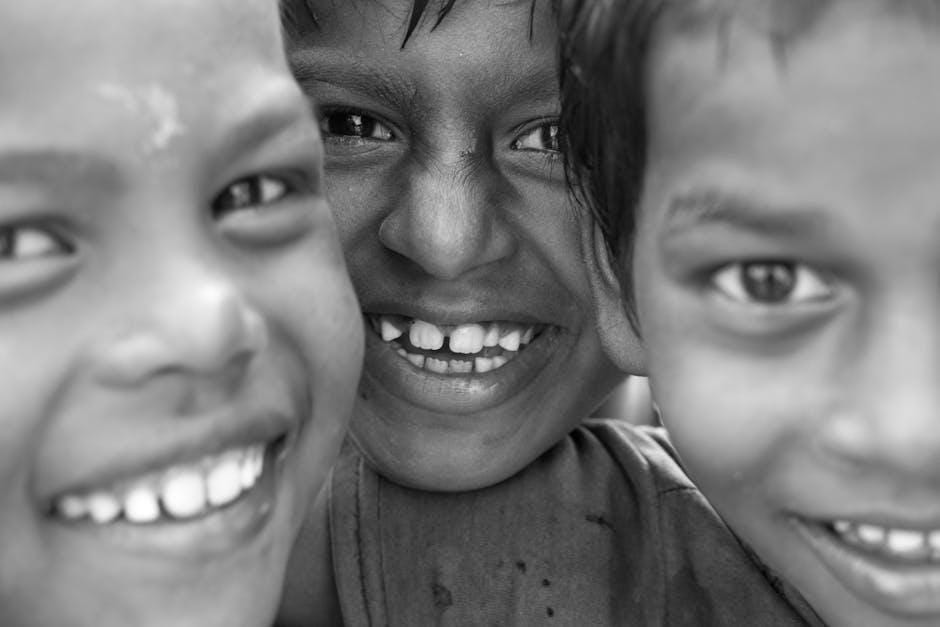Can enrolling children in language classes help in a monolingual setting?
Raising Multilingual Children in a Monolingual Environment: A Comprehensive Guide
Have you ever wondered whether it’s possible to raise multilingual children in a monolingual environment? The answer is a definitive yes! In our increasingly globalized world, multilingualism opens doors to diverse cultures and enhances cognitive abilities. This guide will delve into practical strategies, benefits, and real-life experiences to help parents foster a multilingual upbringing.
Benefits of Raising Multilingual Children
Understanding the advantages of growing up multilingual can inspire your commitment. Here are some key benefits:
- Enhanced Cognitive Skills: Multilingual children often display better problem-solving skills and mental flexibility.
- Improved Academic Performance: Studies show that multilingualism can positively impact academic achievement, particularly in language arts and mathematics.
- Cultural Awareness: Exposure to multiple languages offers children a broader cultural perspective and tolerance for diversity.
- Future Career Prospects: Multilingual individuals have an edge in the global job market, with increased opportunities for international roles.
Practical Tips for Raising Multilingual Children in a Monolingual Environment
Here are some actionable tips to help you introduce and nurture multiple languages in a predominantly monolingual setting:
Consistency is Key
Consistency plays a crucial role in language acquisition. Ensure regular exposure to the target languages through daily interactions, reading, and multimedia resources.
Utilize Technology
Technological advancements have made it easier than ever to access language-learning resources. Consider the following tools:
- Language Apps: Duolingo, Babbel, and Rosetta Stone offer engaging and effective ways to learn new languages.
- Online Courses: Websites like Coursera and Khan Academy provide comprehensive language courses from beginner to advanced levels.
- Interactive Videos: Platforms such as YouTube Kids offer educational content in multiple languages.
Incorporate Language into Daily Routine
Integrate the target languages into everyday activities such as meal times, play, and bedtime stories. This creates a natural and immersive language-learning environment.
Connect with Native Speakers
Whenever possible, engage with native speakers of the target languages. This can be achieved by joining language clubs, participating in cultural events, or arranging playdates with families who speak the language.
Case Studies: Real-Life Examples
Learning from others’ experiences can provide valuable insights. Here are a few case studies of families who successfully raised multilingual children in monolingual environments:
Case Study 1: The Garcia Family
The Garcia family, living in the United States, successfully raised their children to be trilingual in English, Spanish, and French. By hiring a French-speaking nanny and integrating Spanish into their daily life, the children grew up fluent in all three languages.
Case Study 2: The Lee Family
In a monolingual town in Scotland, the Lee family wanted their kids to learn Mandarin and Gaelic. By utilizing online resources, participating in language exchange programs, and staying committed to a bilingual household, they achieved their goal.
Challenges and Solutions
While raising multilingual children is rewarding, it comes with challenges:
- Lack of Resources: Limited access to language resources can be mitigated by using digital tools and online communities.
- Inconsistent Exposure: Regular routines and schedules can ensure consistent language exposure.
- Social Resistance: Encouraging a positive attitude towards multilingualism within your community and family can be beneficial.
Frequently Asked Questions
| Question | Answer |
|---|---|
| At what age should I introduce a new language? | It’s best to start as early as possible. However, children can learn new languages effectively at any age with the right methods and consistency. |
| Will learning multiple languages confuse my child? | Contrary to popular belief, children can differentiate between languages easily. Initial mixing might occur, but this is a natural part of language acquisition. |
Conclusion
Raising multilingual children in a monolingual environment is not only possible but also incredibly beneficial. By leveraging the right strategies and resources, you can provide your children with the gift of multilingualism, enriching their cognitive abilities, cultural awareness, and future career prospects. Stay consistent, utilize available resources, and foster a positive language-learning environment.
Embrace the journey of raising multilingual children, and watch as it opens up a world of opportunities for your family!
